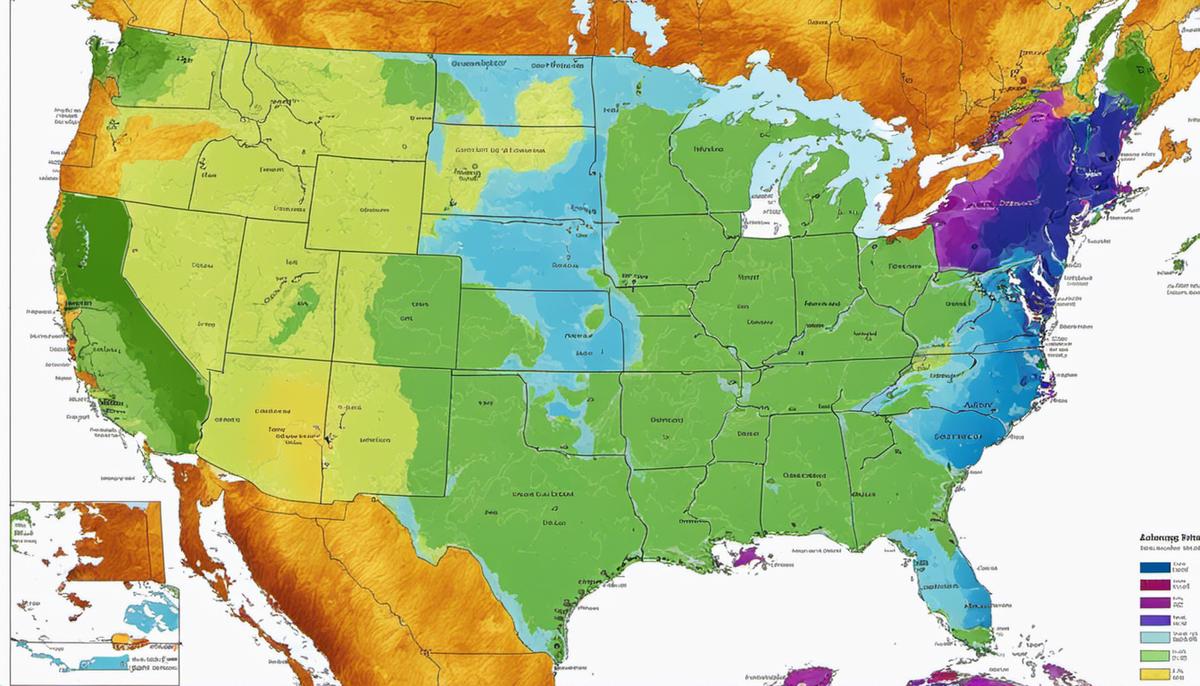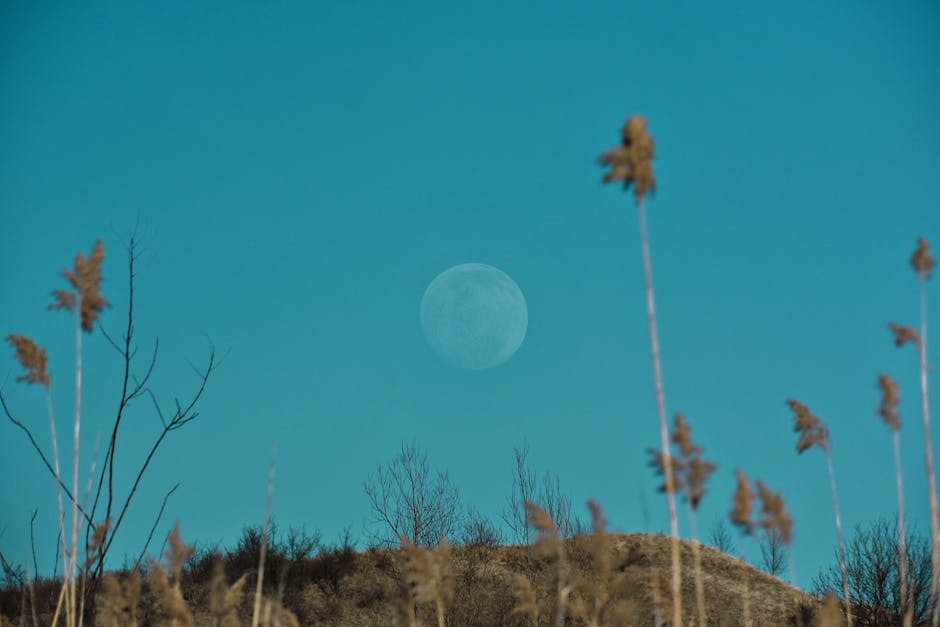Unearthing Colorado’s Planting Zones: A Gardening Enthusiast’s Guide

Colorado’s varied landscapes, from its towering mountain peaks to its sprawling valleys, provide an abundance of diverse planting opportunities for the keen gardener. Understanding the intricacies of the United States Department of Agriculture (USDA) hardiness zones is crucial for anyone looking to maximize their gardening success within this unique state. This understanding is not just about knowing what plants will prosper in each zone but delving into the specifics of how these zones, so defined by their average minimum winter temperatures, affect the planting and harvesting timelines.
Understanding USDA Hardiness Zones
USDA hardiness zones provide invaluable knowledge to all gardening enthusiasts! These zones represent the average annual minimum winter temperature, divided into 10-degree Fahrenheit zones. The U.S. Department of Agriculture (USDA) expanded this system to include 13 primary zones and created subclasses of ‘a’ and ‘b’ for each zone, further breaking it down into 5-degree Fahrenheit differences. Understanding and utilizing this system can dramatically improve your yield and the overall vitality of your garden.
In Colorado, the USDA hardiness zones range substantially from zone 3a in the rugged Rocky Mountain regions to zone 7a in the lower lying, sun-soaked areas. This wide scope means it’s crucial to understand the hardiness zone of your specific area in Colorado. Each plant varies in its ability to withstand cold temperatures, so knowing your region’s USDA hardiness zone will allow you to make educated decisions about what to plant and when. By adhering to this method, you ensure your plants are as resilient as possible and that your garden is prepped to produce lush vegetation suited to its unique environmental context!

Specific Planting Zones of Colorado
Bringing the excitement of gardening in Colorado down into tangible elements, it’s time to dive into the specifics of USDA hardiness zones and individual plants that thrive in each of these regions. Colorado’s hardiness zones range from Zone 2b to 7a, highlighting a vast variation in temperature extremes and opening the door to a diverse selection of gardening options.
Getting to the coldest zones first, Zone 2b is found in the alpine areas of the Rockies with minimum average temperatures plummeting to -45 degrees Fahrenheit. Extreme horticulturalists can grow Blue Spruce, Crowberry, or Mountain Ash in the frigid high country. The mighty Zone 3a with average minimums down to -40 degrees Farrell encompasses regions like Silverton and Leadville, where robust plants like Columbines, Lupines, and Bristlecone Pine prosper.
Progressing down to more temperate zones, the broad-stretching Zone 4b to 5b are found in the majority of Colorado’s mountain towns with temperatures varying from -25 to -15 degrees Fahrenheit. This is where gardeners can get creative while maintaining a crop hardy enough to withstand colder snaps. Look towards growing Saskatoon Serviceberries, Boxwood Shrubs, or Rocky Mountain Juniper in these zones. Getting into Zone 6b, we reach the urban Front Range corridor including Denver and Boulder, where temperatures average around -5 degrees Fahrenheit. This area can support Honey Locust, Green Ash, and Silver Maple trees.
Finally, we’ll peak into the warmer Zone 7a, which occupies a small area around Las Animas in southeastern Colorado. A dream for those gardeners focused on fruit and nut trees, this space can support plant varieties such as Peach, Apricot, and Chinese Chestnut trees. This diversity of USDA hardiness zones across the state ensures an enriching gardening experience filled with numerous plant species that beautifully reflect each region’s unique ecosystem.

Planting Recommendations for each Colorado Zone
Diving deeper into the specifics, let’s focus on some particularities of each zone. For instance, gardening in the colder region of USDA Zone 2b, which envelops areas like Ft. Garland, green thumbs might want to consider Siberian Pea Shrub or the hardy Amur Maple. These species are quite resistant to the chilly winters this zone experiences and are bound to add character to your garden.
On the other end of the spectrum, there’s Zone 7a, prevalent in regions such as Pueblo. Fortunately, gardeners here have a broader range of plants to play with. As higher temperatures and abundant sunlight are part-and-parcel of this zone, vibrant beauties like Apache Plume and Heatwave Hyssop flourish here. They are more heat-tolerant and will provide your garden with an array of stunning colors.
When it comes to trees, the flexibility across these planting zones becomes visible. Individuals residing in USDA Zone 5b, like those in Denver, can reap the benefits of growing fruit-species. Thriving in this area are sour cherries, Russian Olive, and the hearty green ash. For those in the slightly colder Zone 2b, the resilient Colorado Blue Spruce is a perfect fit, boasting an added charm during snowy winters.
Regardless of what USDA planting zone you dwell in across Colorado, it is evident that a multitude of fascinating plants are available. By knowing the specific plants to utilize, your gardening efforts ring fruitful. Every plant has the potential to thrive if it’s grown under the right conditions. Take note of your USDA hardiness zone, match it with suitable plants, and watch your garden flourish!

Colorado’s splendid geographical diversity undoubtedly provides wealth in terms of varied plant species. Yet, this grandeur comes with an intricate tapestry of unique planting conditions dictated by the range of USDA hardiness zones across the state. Aligning planting decisions with these specific zone characteristics—not only in terms of plant species selection but also considering the perfect planting and harvesting timelines— paves the way for a thriving and prosperous garden. By embracing the state’s unique climatic features and making informed gardening choices, Colorado’s residents can cultivate beautiful landscapes that thrive throughout the year.



